 W
WThe Principality of Chernigov was one of the largest states within Kievan Rus'. For a time the principality was the second most important after Kiev.
 W
WPrincipality of Halych, or Principality of Halychian Rus', was a medieval East Slavic principality, and one of main regional states within the political scope of Kievan Rus', established by members of the oldest line of Yaroslav the Wise descendants. A characteristic feature of Halych principality was an important role of the nobility and citizens in political life, consideration a will of which was the main condition for the princely rule. Halych as the capital mentioned in around 1124 as a seat of Ivan Vasylkovych the grandson of Rostislav of Tmutarakan. According to Mykhailo Hrushevsky the realm of Halych was passed to Rostyslav upon the death of his father Vladimir Yaroslavich, but he was banished out of it later by his uncle to Tmutarakan. The realm was then passed to Yaropolk Izyaslavich who was a son of the ruling Grand Prince of Kiev Izyaslav I of Kiev.
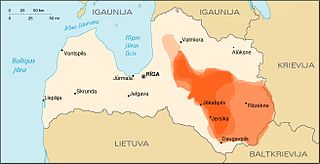 W
WThe principality of Jersika was an early medieval Latgalian principality in eastern modern-day Latvia and one of the largest early states in Latvia before the German conquests. The capital of Jersika was located on a hill fort 165 km (103 mi) southeast of Riga.
 W
WThe inner Principality of Kiev was a medieval East Slavic state, situated in central regions of modern Ukraine around the city of Kiev (Kyiv). It was formed during the process of political fragmentation of the Kievan Rus' in the early 12th century. As a result of that process, effective rule of Grand Princes of Kiev was gradually reduced to central regions of Kievan Rus', thus forming a reduced princely domain, known as the inner Principality of Kiev. It existed as a polity until the middle of the 14th century.
 W
WThe Principality of Koknese was a small vassal state of the Principality of Polotsk on the right bank of the Daugava River in ancient Livonia during the Middle Ages.
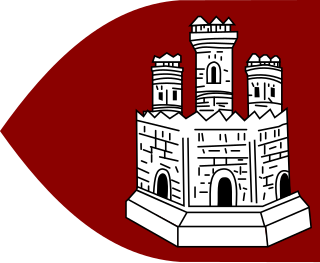 W
WThe Novgorod Republic was a medieval East Slavic state from the 12th to 15th centuries, stretching from the Gulf of Finland in the west to the northern Ural Mountains in the east, including the city of Novgorod and the Lake Ladoga regions of modern Russia. Citizens referred to their city-state as "His Majesty Lord Novgorod the Great", or more often as "Lord Novgorod the Great". The Republic prospered as the easternmost port of the Hanseatic League and its Slavic, Baltic and Finnic people were much influenced by the culture of the Viking-Varangians and Byzantine people.
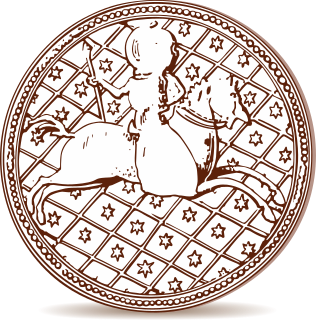 W
WThe Principality of Novgorod-Seversk was a medieval Rus' principality centered on the town now called Novhorod-Siverskyi. The principality was aligned to the Principality of Chernigov. It may have been created in 1139, the date of one modern authority. In 1185, a large Rus'ian campaign against the Polovtsy ended in defeat for Prince Igor, famously recorded in The Tale of Igor's Campaign. The principality was taken by the principality of Briansk after the Mongol invasions, and then by the Lithuanians when the power of the Golden Horde began to decline. In the fifteenth-century the principality was given to Prince Ivan of Mozhaisk when he fled from Grand Prince Vasily II.
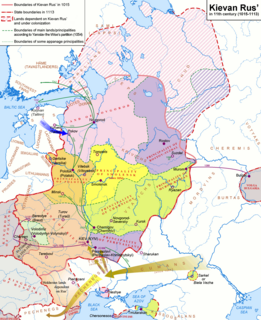 W
WThe Principality of Pereyaslavl was a regional principality of Kievan Rus' from the end of 9th century until 1323, based in the city of Pereyaslavl on the Trubizh River.
 W
WThe Principality of Polotsk, also known as the Duchy of Polotsk or the Polotskian Rus', was a medieval principality of the Early East Slavs. The origin and date of state establishment is uncertain. Rus' Chronicles mention Polotsk being conquered by Vladimir the Great, and thereafter it became associated with the Rurik dynasty and Kievan Rus'.
 W
WThe Principality of Yaroslavl was an eastern Slavic principality with the capital in Yaroslavl city, which existed in 1218–1463, till the mid 14th century as a apanage principality in the Grand Duchy of Vladimir-Suzdal, then separated as the Grand Principality.
 W
WThe Principality of Smolensk was a Kievan Rus' lordship from the 11th to the 16th century. Until 1127, when it passed to Rostislav Mstislavich, the principality was part of the land of Kiev. The principality gradually came under Lithuanian influence and was incorporated into the Grand Duchy of Lithuania in 1404. The principality was reorganized into the Smolensk Voivodeship in 1508. The Grand Duchy of Moscow controlled the city from 1514 to 1611 when it was recaptured by the Polish–Lithuanian Commonwealth. Tsardom of Russia recaptured the city in 1654.
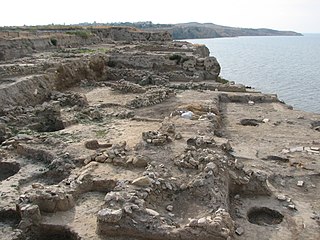 W
WTmutarakan was a medieval Kievan Rus' principality and trading town that controlled the Cimmerian Bosporus, the passage from the Black Sea to the Sea of Azov, between the late 10th and 11th centuries. Its site was the ancient Greek colony of Hermonassa founded in the mid 6th century BCE, by Mytilene (Lesbos), situated on the Taman peninsula, in the present-day Krasnodar Krai of Russia, roughly opposite Kerch. The Khazar fortress of Tamantarkhan was built on the site in the 7th century, and became known as Tmutarakan when it came under Kievan Rus control.
 W
WThe Principality of Trubetsk was a small, landlocked Rus' principality in Eastern Europe. In the later Middle Ages it was bordered by the Grand Duchy of Lithuania to its west and by Muscovy to its east. The Principality of Trubetsk (Troubchevsk) was a principality within modern Bryansk Oblast, about 50 miles southwest of Bryansk. A sub-principality under Principality of Novgorod-Seversk, it was elevated to the status of independent principality 1164 – 1196, 1202 – 1211, 1212 – 1240, 1357 – 1566.
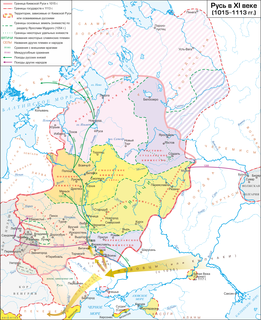 W
WThe Principality of Turov, also called Principality of Turov and Pinsk or Turovian Rus', was a medieval East Slavic principality and important subdivision of Kievan Rus' since the 10th century on the territory of modern southern Belarus and northern Ukraine. Princes of Turov often served as the Grand Princes of Rus early in 10th-11th centuries. The principality's capital was Turov and other important cities were Pinsk, Mazyr, Slutsk, Lutsk, Berestia, and Volodymyr.
 W
WVladimir-Suzdal, also Vladimir-Suzdalian Rus', formally known as the Grand Duchy of Vladimir (1157–1331), was one of the major principalities that succeeded Kievan Rus' in the late 12th century, centered in Vladimir-on-Klyazma. With time the principality grew into a grand duchy divided into several smaller principalities. After being conquered by the Mongol Empire, the principality became a self-governed state headed by its own nobility. A governorship of principality, however, was prescribed by a Khan declaration (jarlig) issued from the Golden Horde to a noble family of any of smaller principalities.
 W
WThe Principality of Volhynia was a western Kievan Rus' principality founded by the Rurik dynasty in 987 centered in the region of Volhynia, straddling the borders of modern-day Ukraine, Belarus, and Poland. From 1069 to 1118 it belong to Izyaslavichi who primarily ruled from Turov. After losing Turov to Monomakhovichi in 1105, the descendants of Izyaslav Yaroslavovich for a few years continued to rule in Volhynia. From 1154 to 1199 the principality was named Principality of Vladimir when the Principality of Lutsk (1154-1228) was separated.
 W
WZalesye or Opolye is a historical region of Russia, comprising the north and west parts of Vladimir Oblast, the north-east of Moscow Oblast and the south of Yaroslavl Oblast. As the kernel of the medieval state of Vladimir-Suzdal, this area played a vital part in the development of Russian statehood.